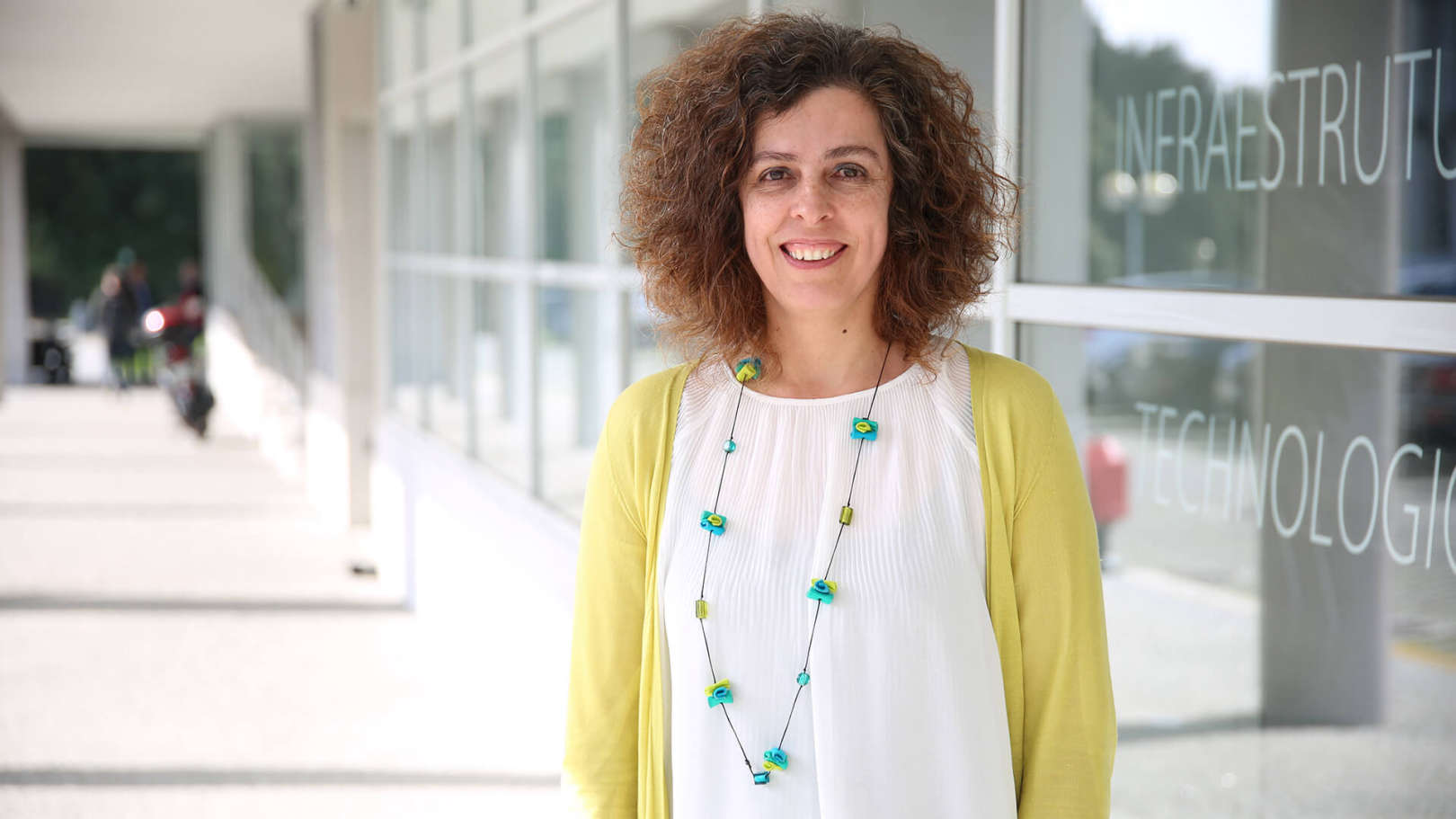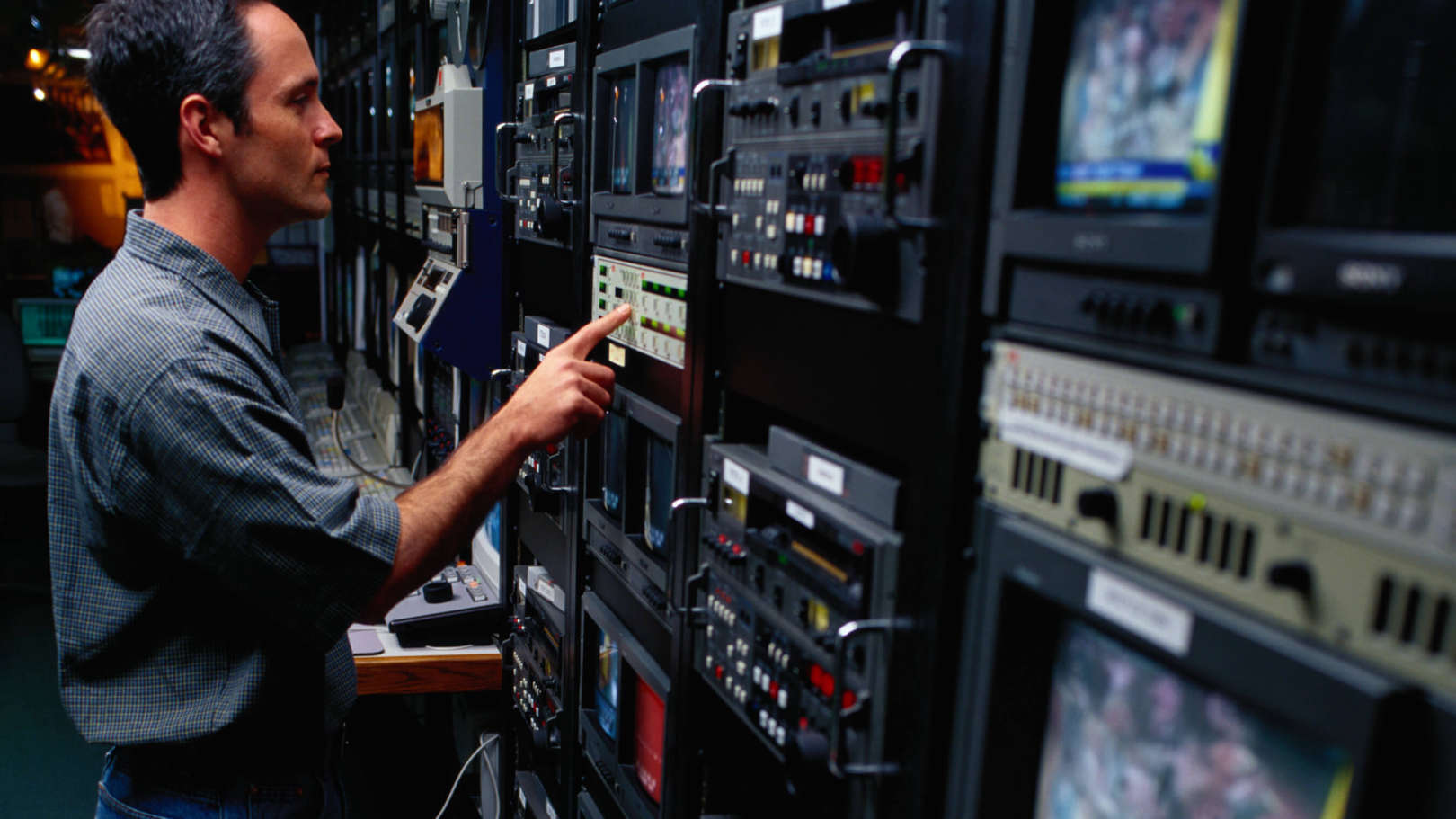Sobre
Sou Professora Coordenadora no Politécnico do Porto e Investigadora no INESC TEC, no Centro de Telecomunicações e Multimédia, onde lidero a área de Tecnologias de Comunicação Multimédia. Tenho um Doutoramento em Engenharia Electrotécnica e de Computadores pela Universidade do Porto, com um foco na àrea da Gestão de Conteúdos Audiovisuais. Enquanto investigadora do INESC TEC, tenho sido responsável por diversos projectos Europeus e Nacionais, envolvendo parceiros da área da indústria, media e academia. Autora de diversas publicações, sou também revisora activa de artigos submetidos a conferências e revistas, membro de comissões científicas e de organização de conferências. Recentemente, organizei a série de Workshops com o tema "Immersive Media Experiences" (2013-2015) na maior conferência na área de multimédia (ACM Multimedia). Participo frequentemente como perita da Comissão Europeia ou de organismos nacionais na avaliação de propostas de investigação. Os meus interesses de investigação centram-na na área dos sistema de comunicação multimedia, incluindo televisão e novos serviços, gestão de conteúdos, personalização e recomendação, novos formatos e conteúdos imersivos e interactivos.






